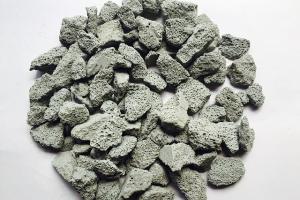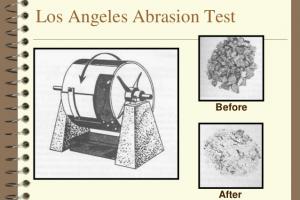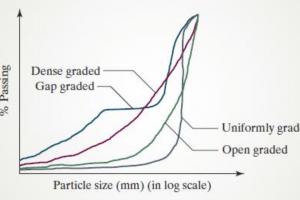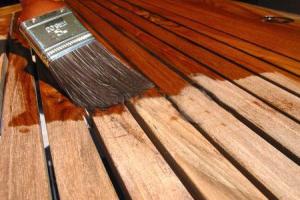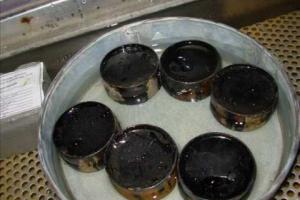Properties of Stones and Tests Applied on Stones
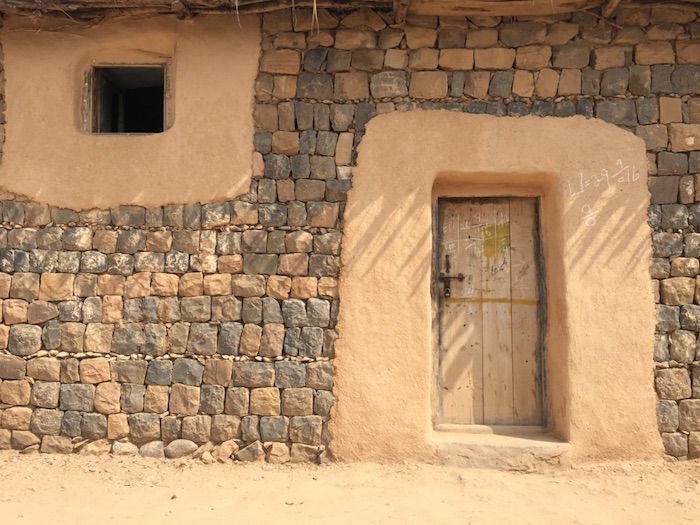
Properties of Stones
Strength & Durability:
The more compact grained and heavier a stone the harder it is. Due to alternate wetting and drying the resulting crushing strength can be reduced even up to 30-40%. Being dry stones allow more crushing strength than when wet.
|
Stone |
Weight in lb/cu. ft |
Ultimate strength to resist crushing lbs/sq. in |
|
|
Granite |
165 |
13000 |
|
|
Basalt or Trap |
185 |
12000 |
|
|
Limestone |
160 |
7500 |
|
|
Sandstone (stray) |
140 |
5000 |
|
|
Slate |
175 |
10000 |
|
|
Marble |
170 |
7500 |
Table showing the relationship between weights and crushing strength.
It is the ability of a stone to endure and maintain its essential and distinctive characteristics i.e. resistance to decay, strength and appearance. Physical properties such as density, compressive strength and porosity are measured in order to determine its durability. Durability is based upon the stones natural physical properties, characteristics and the environmental conditions to which it will be or is subjected too. Another factor of stones durability is its Aesthetic Durability or Dimensional Stability. Cosmetic changes may occur. This has to do with the Color Stability of certain stones. These changes can take place in two ways.
SUNLIGHT:
When some stones are used in exterior applications and exposed to direct sunlight they fade or change color. Dark colored stones and those that contain organic matter will generally fade to a much lighter color. The Coral stone being of a biogenic origin contains organic material that will be affected by ultraviolet exposure.
MOISTURE:
Some stones have moisture sensitive mineral contents that will cause the stone to develop rust spots, or other color variations, or contain moisture sensitive substances that will cause blotchy and streaking discolorations. Certain lime stones contain bituminous materials that are soluble when exposed to moisture. Some marbles are also moisture sensitive when in high moisture areas, showers and those with steam features; these stones have a tendency to develop dark botches.
Porosity & Permeability:
Porosity is the ratio of pores (micro-voids) in the stone, to its total solid volume. Pores and the capillary structure develop differently in each of the three stone groups. Dense and compact stones have very few or no pores in them. An important feature of sedimentary rocks is their porosity. Pores are natural holes in the stones which allow fluids like rainwater to enter and leave the fabric. Some free fluid flow through a rock is necessary to maintain the rock's durability, and it is not always advisable to block such flow by using incorrect mortar mixes or by injecting unsuitable synthetic fluids.
Very high porosities, however, may allow excessive volumes of corrosive fluids such as acid rainwater to enter and cause severe damage to the rock. Thin section rock analysis can identify where such problems are likely to occur. Most durable sedimentary building stones commonly have moderate porosity.
Associated with stones porosity is its permeability. This is the extent to which the pores and capillary structures are interconnected throughout the stone. These networks, their size, structure and orientation affect the degree and depth to which moisture, vapors and liquids can be absorb into the interior of the stone or migrate from the substrate by capillary action through the stone.
Permeability is increased when a stone is highly fractured or the veining material is soft or grainy. A particular variety of stone may be highly permeable (a well defined interconnected network of pores), although its porosity is low (a low percentage of voids).
The size and shapes of pores and the capillary structure differs in stones and is an important factor in relation to stone decay.
Color, Surface Texture and Veining:
Hardness & weathering:
Hardness is the property of a material to avoid and resist scratching. It is determined by comparison with the standard minerals of the Moh’s scale. The objective of the MOH Scale is to measure stones resistance to hardness.
Measurement of Hardness:
- Talc
- Gypsum
- Calcite (Most Marbles)
- Fluorite
- Apatite
- Feldspar (Granite)
- Quartz (Granite)
- Topaz
- Corundum
- Diamond
Weathering
It is a complex interaction of physical, chemical and biological processes that alters the stone in some general or specific way. The physical properties of stone differs widely between stone groups and even within the same stone type.
The mineral composition, textural differences, varying degrees of hardness and pore/capillary structure are the main reasons why stone nor all the surface of the same stone shows signs of alteration the same and evenly. These minerals can be broken down, dissolved or converted to new minerals by a variety of processes which are grouped as Mechanical and Chemical. Intensity and duration are two key elements that govern to what extent weathering reactions will have on stone.
Water absorption and frost resistance:
Moisture from rain, snow or other environmental conditions penetrates the wall leading to cracks, efflorescence, rust staining, wood rotting, paint peeling, darkening of masonry and spalling. The perfect sealing of a masonry wall surface is almost impossible since fine cracks and joints will allow the passage of water into the wall.
Absorbency:
It is the result of these two properties (permeability and porosity). Absorbency is an important determining factor in stones sensitivity to stains. The size of the pores, their orientation, how well they are networked and the type of finish the stone has are important contributing factors to a stones overall absorbency. In relation to cleanability this factor is more important than how porous a stone is. Honed and textured surfaces are more susceptible to soiling and staining due to the fact that there are more open pores at the surface than a highly polished finish.
The polishing process has a tendency to close off pores leaving fewer ones exposed, resulting in a low absorbent surface. However, some varieties of stone have large pores and capillary structures and even when these stones are polished they still remain very absorbent. Most common oils can be easily absorbed into all types of stone.
Frost action or commonly called freeze/thaw cycles occur when water within the pore structure or cracks freezes to ice. It has been estimated when water freezes it expands between 8 to 11 percent, with a force of 2,000 pounds per square inch to 150 tons per square foot. This increase of internal pressure combined with repeated freeze/thaw cycles produces micro-fissures, cracks, flaking and spalling.
Tests on Stones
Once a stone has been selected on aesthetic basis, it is important than to ensure whether it exhibits the necessary physical properties and durability to remain in working condition for a long time. Fixing method adopted for the construction of stones also affects the type of stones selected. Physical properties such as density, compressive strength and porosity are measured in order to determine its durability.



